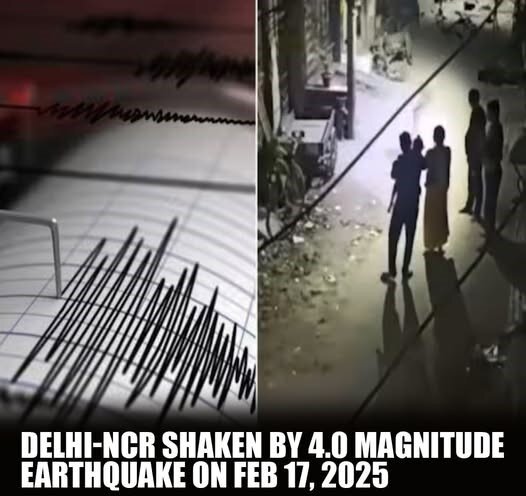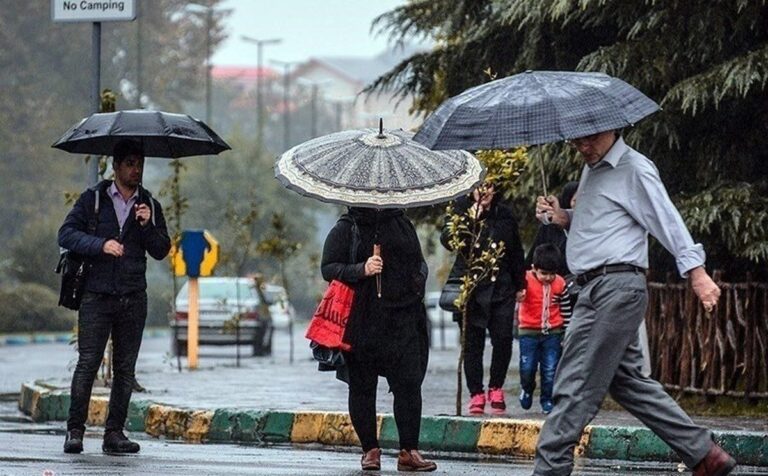New Delhi Earthquake Alert: Rising Seismic Activity Linked to Land Subsidence
On February 17, 2025, a magnitude 4 earthquake struck near Jail Park in Dhola Kawan, New Delhi, at a shallow depth of 5 km. This seismic event was notably felt across the Indian National Capital Region, raising concerns about the region’s increasing seismic activity and the implications for urban infrastructure and safety.
The seismic history of New Delhi is marked by significant events and patterns. Over the last three decades, the region has experienced:
- 26 earthquakes with a magnitude above 4, with 24 occurring in the last 12 years.
- A focus of seismic activity towards the western part of Delhi, particularly near groundwater abstraction areas.
- A classification in the moderate to high earthquake hazard category on India’s seismic zoning map.
Historically, New Delhi has been no stranger to major earthquakes. Significant events include:
- The 1720 earthquake, measuring 6.5 on the Richter scale.
- The 1956 Bulandshahr earthquake, which registered a magnitude of 6.7.
- Recent quakes such as the 1991 Uttarakhand earthquake (6.8) and the 1999 Chamoli earthquake (6.6), which also affected New Delhi.
- The major Gorkha-Nepal earthquake in 2015, which caused tremors felt throughout northern India, including Delhi.
While New Delhi has not directly experienced these larger seismic events, its proximity to the Himalayas and the surrounding tectonic activity renders it vulnerable to tremors.
One of the pressing issues related to seismic activity in New Delhi is the problem of land subsidence, primarily caused by over-extraction of groundwater. Key findings include:
- Radar technology indicates an average land deformation rate of 15 mm annually.
- Some areas of Delhi have experienced subsidence of up to 20 cm over the last two decades.
- Near Indira Gandhi International Airport, subsidence rates range between 11 to 17 cm per year due to aquifer compaction.
This land subsidence significantly alters subsurface stress distribution, potentially destabilizing existing fault systems. The factors contributing to land subsidence include:
- Excessive groundwater extraction, leading to reduced pressure in aquifers.
- Urbanization, which adds weight and can induce horizontal compression.
- Geological conditions that predispose the area to subsidence.
In the early 1990s, studies indicated that certain parts of New Delhi were experiencing subsidence rates of 1 to 2 cm per year. However, advancements in satellite-based remote sensing technologies, such as Interferometric Synthetic Aperture Radar (InSAR), have provided more precise measurements. Research from around 2020 revealed that some areas now experience subsidence rates exceeding 5 cm per year, with certain locales reaching up to 20 cm annually. As of February 2025, ongoing studies highlight that ground subsidence remains a critical concern for urban planning and sustainability in New Delhi.
While subsidence does not directly trigger earthquakes, it can influence stress on pre-existing faults. The Delhi ridge and the Aravalli fault system are currently active, and variations in stress due to subsidence could impact their stability. The rapid urbanization of Delhi has introduced additional stress factors, with groundwater dynamics either stabilizing or destabilizing fault systems.
In areas with significant groundwater withdrawal, such as Kapashera, the stress from subsidence can heighten seismic vulnerability. New Delhi is situated in seismic zone IV, indicating a moderate to high risk of earthquakes. The presence of soft alluvial soil in the region further amplifies seismic waves, making even minor tremors, like the 2025 Dhowla Kwan earthquake, feel more intense.
The shallow depth of the recent earthquake (5 km) contributed to its significant impact, as seismic waves lost less energy before reaching the surface. Areas experiencing subsidence, particularly near fault zones, face an increased risk of fault reactivation. Alarmingly, it’s estimated that more than 80% of buildings in Delhi are not designed to withstand earthquakes, thus elevating the risk of structural collapse during seismic events.
In conclusion, the recent earthquake in New Delhi highlights the urgent need for enhanced urban planning and building regulations to address the dual challenges of seismic activity and land subsidence. As research continues to evolve, it is crucial for policymakers to prioritize the safety and sustainability of the region in the face of these geological threats.






